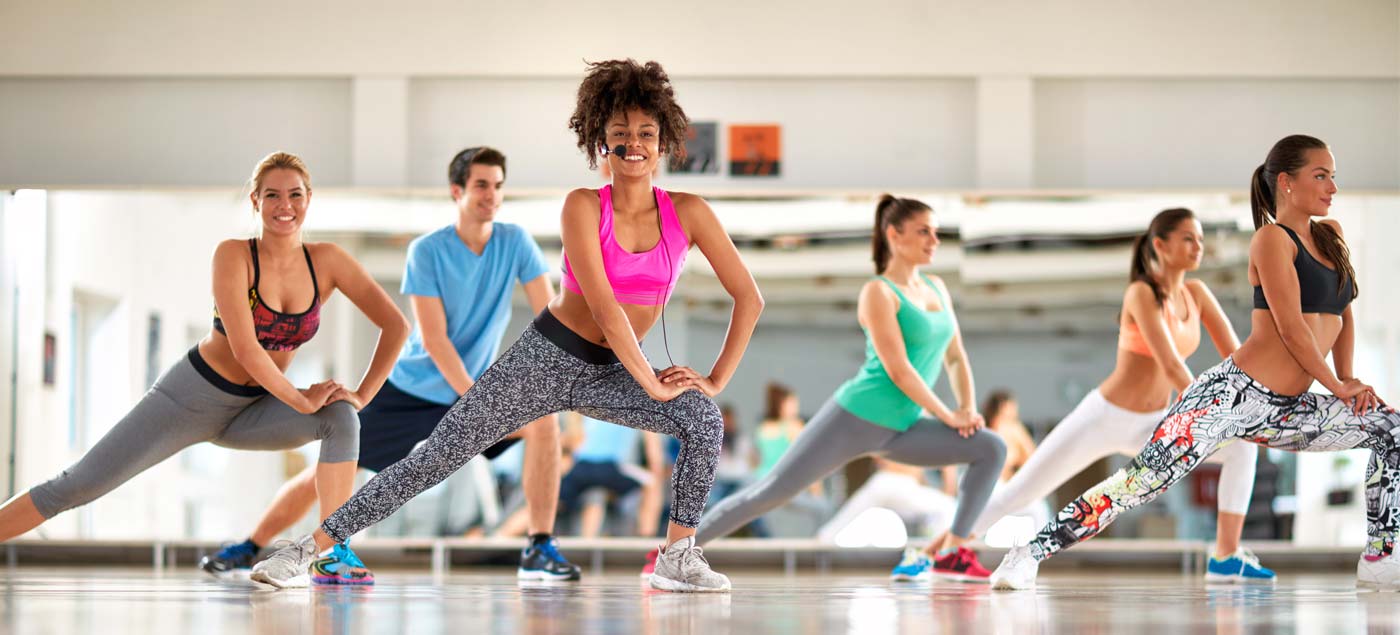

In addition, dancing is a weight-bearing activity, which the National Osteoporosis Foundation notes can help you maintain or build bone density. In a study published in February 2016 in the American Journal of Preventive Medicine, both moderate-intensity dancing (defined as any effort that gets you breathless or sweaty) and moderate-intensity walking were linked to a lower risk of death from heart disease, but dancing had a greater protective effect. A Stronger, Fitter HeartĪnd for everyone, because dance is an aerobic exercise, it can boost cardiovascular health. For example, research published in July 2021 in Brain Sciences found that people with mild Parkinson’s disease who participated in weekly dance classes for three years showed slower symptom progression than those who didn’t. Researchers suggest that moderate-intensity dance is optimal for older adults.ĭance may also benefit people with neurodegenerative diseases. According to a review and meta-analysis published in December 2018 in the Journal of the American Geriatrics Society, dance improves working memory, cognitive flexibility (the mental ability to adapt to new or changing events), and learning in older adults with varying levels of cognitive ability. This carries unique benefits for older adults.

“Your brain has to be really focused,” she says. To start with, you need to use both your brain and your body to dance, Roup says - particularly when it comes to learning choreography or dance routines. The National Institutes of Health (NIH) notes that slower dance styles, like many types of ballroom dancing, are often the same intensity as walking or other moderate-intensity workouts faster-paced dance types, like salsa or cardio dance, can often be the equivalent of a more vigorous workout, like jogging or swimming.ĭance is chock-full of potential perks for both the body and mind. How intense a workout you get from dancing depends on the style of dance you’re doing and how long you do it.

You may not reap the same benefits if you’re just dancing for fun. Many dance workouts are designed to build muscular strength, mobility, and flexibility. Dancing uses most of your muscles, but primarily the hamstrings, quads, glutes, and calves, says Judson MacDonald, an ACE-certified personal trainer and group fitness instructor in Durham, North Carolina, who is currently a learning and development specialist for Les Mills International. But hitting the dance floor with friends, or busting a move in your living room, can certainly be a workout, too, she adds - even if that’s not your intention.
AEROBIC DANCE WORKOUT PROFESSIONAL
“The way I program dance cardio is that it’s pretty repetitive, and it’s aerobic, so the intention is to get your heart rate up,” says Megan Roup, a former professional dancer and an ACE-certified personal trainer who founded the The Sculpt Society, a dance cardio workout app. That said, structured dance workout classes are sometimes created by professionals with fitness expertise to deliver certain exercise benefits.

The truth is, it doesn’t matter if you stomp it out at a studio hip-hop class or jam to your favorite tunes in your living room: If your heart rate hastens (and you start to sweat), whatever type of dance you’re doing (and wherever you’re doing it), you’re working out.


 0 kommentar(er)
0 kommentar(er)
